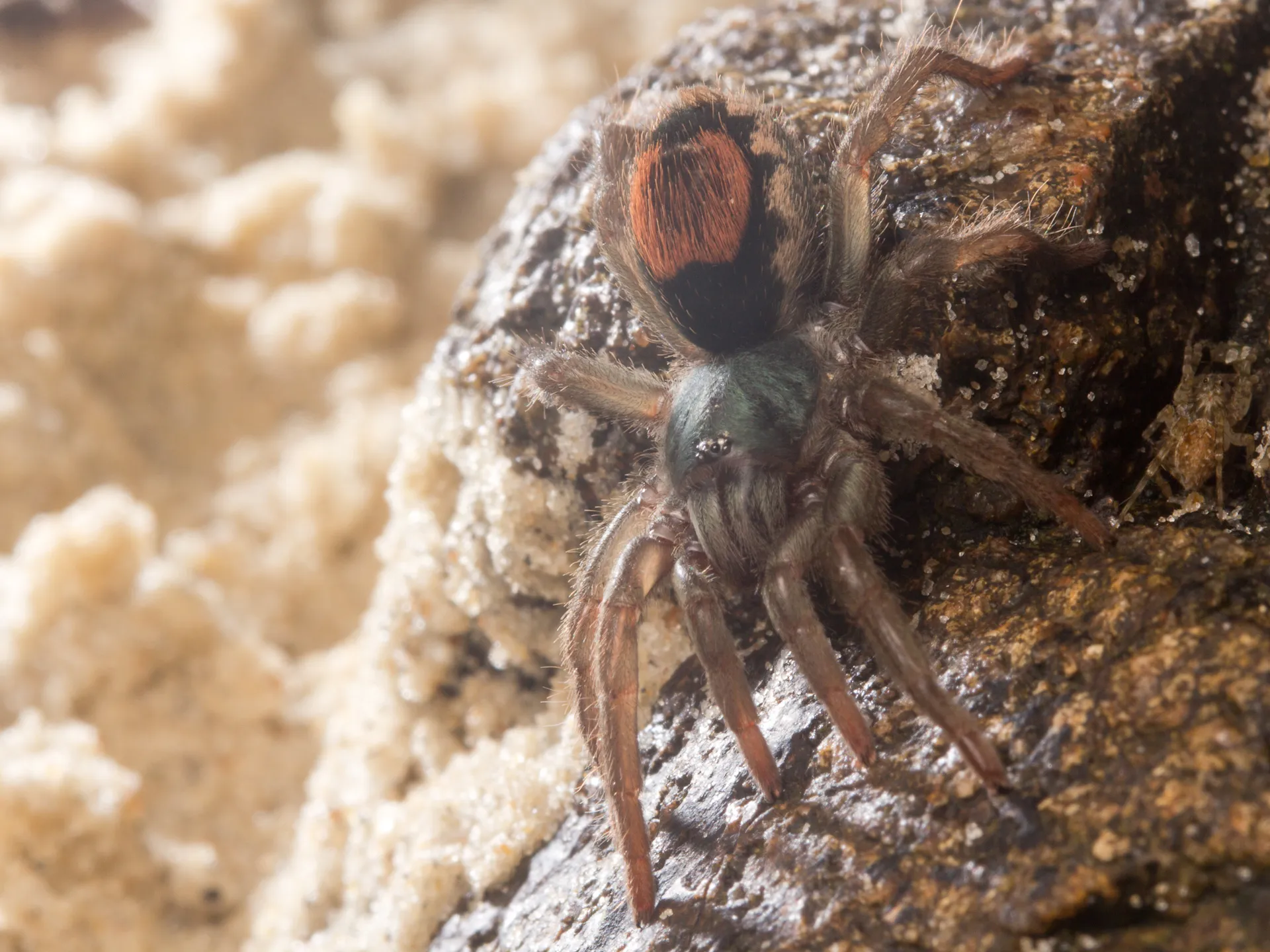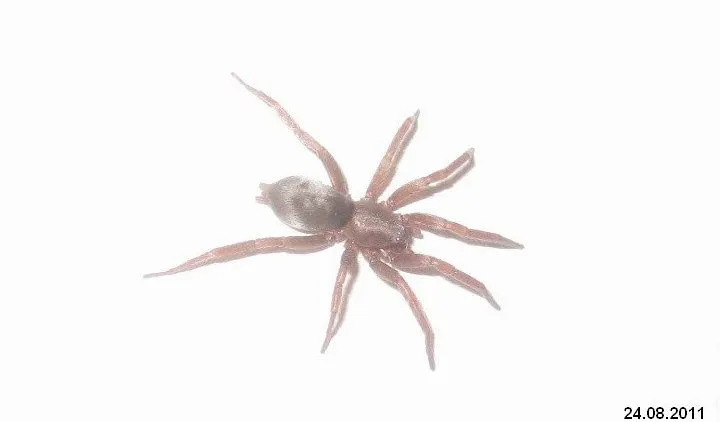What is a Tarantula Spider
Tarantulas, members of the Theraphosidae family, are large, hairy spiders known for their impressive size and often striking appearances. These arachnids are a diverse group, with over 900 recognized species found across various habitats worldwide. They are generally characterized by their robust bodies, eight legs, and two body segments: the cephalothorax (fused head and thorax) and the abdomen. Unlike many other spiders, tarantulas are relatively long-lived, with some females capable of surviving for over 20 years in captivity. Their size, longevity, and relatively docile nature have made them increasingly popular as pets, though responsible ownership is crucial. Understanding the basic characteristics of these fascinating creatures is the first step in appreciating their unique place in the natural world.
The Appearance of Tarantulas
The appearance of a tarantula is one of its most defining features, immediately setting it apart from other spider species. Their bodies are covered in a dense layer of setae, or hairs, which range in color and texture depending on the species. These hairs can be short and velvety or long and bristly, providing a wide array of visual textures. Colors vary widely, from the earthy browns and blacks of many terrestrial species to the vibrant blues, oranges, and reds seen in some arboreal varieties. Many tarantulas also possess urticating hairs, located on their abdomens, which they can flick off as a defense mechanism. These hairs, when they come into contact with skin, can cause significant irritation. The chelicerae, or fangs, are another prominent feature, used for capturing and injecting venom into prey. Their size and shape vary depending on the species and the tarantula’s diet.
Size and Lifespan

Size and lifespan are important aspects of understanding tarantulas. They are among the largest spiders in the world, with some species boasting leg spans exceeding 10 inches. The Goliath Birdeater (Theraphosa blondi) is often cited as the largest, though other species also reach impressive sizes. Their body size, along with their leg span, contributes to their imposing presence. Lifespan varies considerably depending on the species and sex. Females generally live much longer than males, sometimes exceeding 20 years in captivity, while males typically live for only a few years after reaching maturity. Environmental factors, such as diet, habitat, and temperature, can also impact their lifespan. The extended lifespan of female tarantulas is one of the reasons they are favored as pets, offering owners a long-term companion to observe and care for.
Diversity of Tarantula Species
The diversity of tarantula species is remarkable, reflecting their adaptation to a wide range of habitats. This diversity is evident not only in their physical characteristics, such as color, size, and hair types, but also in their behaviors and ecological roles. Species are categorized based on their geographical location, with variations in habitats, including deserts, rainforests, and grasslands. Some tarantulas are terrestrial, living on the ground; others are arboreal, dwelling in trees. Their specific needs and preferences vary, making them distinct. The classification helps understand the unique needs of each species, making it important for pet owners to provide appropriate environmental conditions. The wide variety underscores the evolutionary success of these spiders and their ability to thrive in various environments, making them a fascinating group for study and appreciation.
Habitat and Distribution
Tarantulas are found across the globe, inhabiting diverse environments. Their distribution is primarily in tropical and subtropical regions of the Americas, Africa, Asia, and Australia. These spiders have adapted to various habitats, from the arid deserts of the southwestern United States to the lush rainforests of the Amazon. Some species construct burrows in the ground, while others live in trees, utilizing the natural shelters provided by the environment. The availability of food and the presence of suitable shelter are critical factors in determining where tarantulas can thrive. Understanding the habitat of a tarantula species is essential for proper care in captivity, as they require environments that mimic their natural surroundings to ensure their health and well-being. Factors such as temperature, humidity, and substrate play a critical role in creating a suitable environment.
Behavioral Traits of Tarantulas

Tarantulas exhibit a range of fascinating behavioral traits that reflect their predatory lifestyle and adaptation to their environments. Most tarantulas are nocturnal, spending their days hidden in burrows or shelters, emerging at night to hunt. They are ambush predators, relying on their stealth and speed to capture prey. Their behaviors are influenced by environmental factors, such as temperature and humidity, as well as their individual personalities. Some species are known for their docile nature, while others are more defensive and prone to biting or flicking urticating hairs. During mating season, male tarantulas actively search for females, using pheromones to attract mates. The courtship rituals, and the subsequent interactions can be complex. Understanding the behavioral characteristics is important for responsible pet ownership, allowing keepers to anticipate and respond to their spider’s needs effectively.
Diet and Feeding Habits
The diet of a tarantula typically consists of insects, but the size and type of prey vary with the spider’s size and species. Young tarantulas, or spiderlings, primarily eat small insects such as fruit flies and pinhead crickets. As they grow, their diet expands to include larger prey items, such as crickets, roaches, mealworms, and even small vertebrates like mice or lizards. They are opportunistic hunters, ambushing their prey and injecting venom to immobilize them. The venom begins the digestion process, liquefying the internal organs, which the tarantula then sucks up. Feeding frequency depends on the tarantula’s age, size, and metabolism, with younger spiders requiring more frequent meals than adults. Providing a varied and appropriate diet is vital for ensuring their health, proper growth, and overall well-being. Avoid overfeeding, which can lead to health problems.
Tarantula Spider Defense Mechanisms
Tarantulas have evolved several defense mechanisms to protect themselves from predators. One of the most common is the flicking of urticating hairs from their abdomen. These hairs, when dispersed, cause intense irritation to the skin and mucous membranes of potential threats. Additionally, tarantulas may raise their front legs and display their fangs as a warning. Biting is another defensive behavior, although bites are generally not lethal to humans. Tarantulas also have the ability to autotomize, or detach, limbs to escape predators. The lost limb will regenerate with the next molt. The specific defenses employed vary among species, reflecting adaptations to their particular environments and the types of predators they encounter. Understanding these defense mechanisms helps owners to handle their tarantulas safely and avoid causing undue stress or harm to the spiders.
The Importance of Tarantulas in the Ecosystem

Tarantulas play important roles in their ecosystems, contributing to the balance of their natural habitats. As predators, they help control the populations of insects and other invertebrates, keeping these populations in check. They also serve as prey for larger animals, such as birds, snakes, and mammals, making them an integral part of the food chain. Their burrowing activities can aerate the soil. By consuming pests, they help maintain the overall health of the environment. The health of the tarantula populations can also be an indicator of environmental health; changes in their numbers or behavior can signal larger issues within the ecosystem. They also contribute to scientific understanding and conservation efforts. Recognizing their ecological importance fosters respect for these creatures and underscores the need to protect their habitats.
Tarantula Spider Wiki Keeping Tarantulas as Pets
Keeping tarantulas as pets has become increasingly popular, as they are fascinating creatures that can be relatively low-maintenance compared to other pets. Proper care involves creating a suitable habitat that mimics their natural environment, including the right temperature, humidity, and substrate. Providing a varied diet and clean water is crucial for their health and longevity. It is important to research the specific needs of the tarantula species you choose. Safety precautions are important, especially when handling them. Responsible tarantula ownership involves understanding their behavior, providing appropriate enrichment, and recognizing signs of illness or distress. By taking the necessary measures, owners can enjoy the unique experience of caring for these remarkable arachnids.
